The most expensive country in South America?
Uruguay is very close to Buenos Aires, just 2 hours on a quick ferry, so we decided to visit it since we were already here. Also, Susanne had another work contact, Martín, an architect now working with straw bales and following Passivhaus principles in his buildings. So we had to meet him!
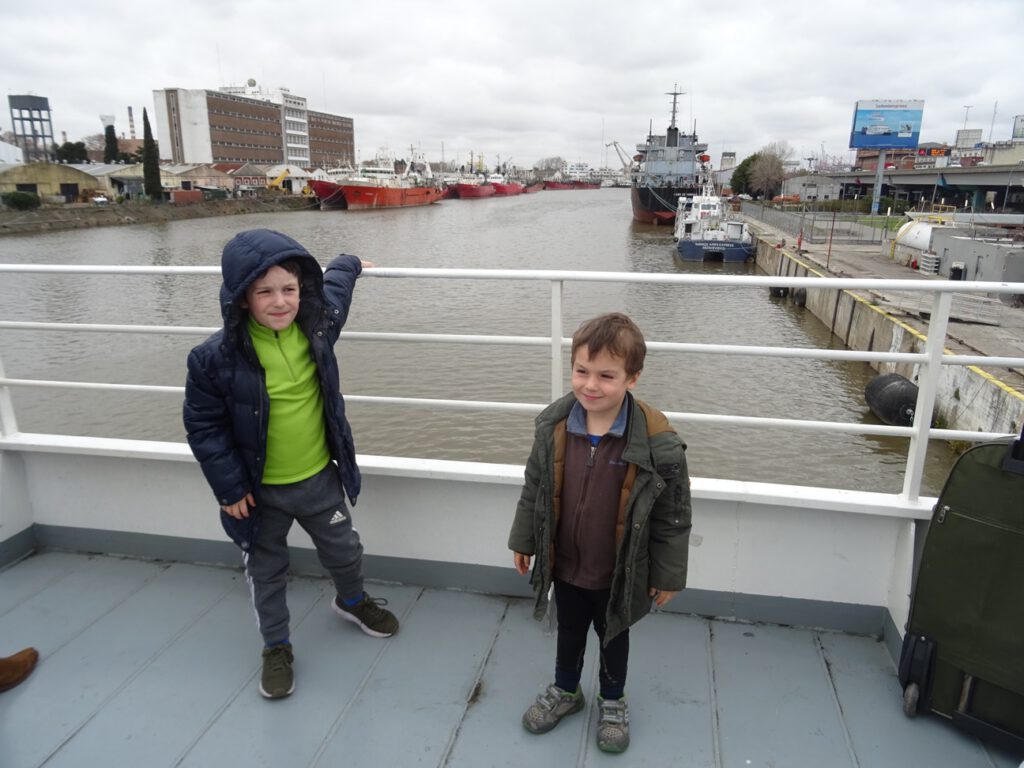
The ferry would reach Colonia, the nearest city on the Uruguayan side, and despite being so near, the journey was not particularly cheap. The day was overcast, as it’s often the case in Buenos Aires, so there was not much to see on the way.
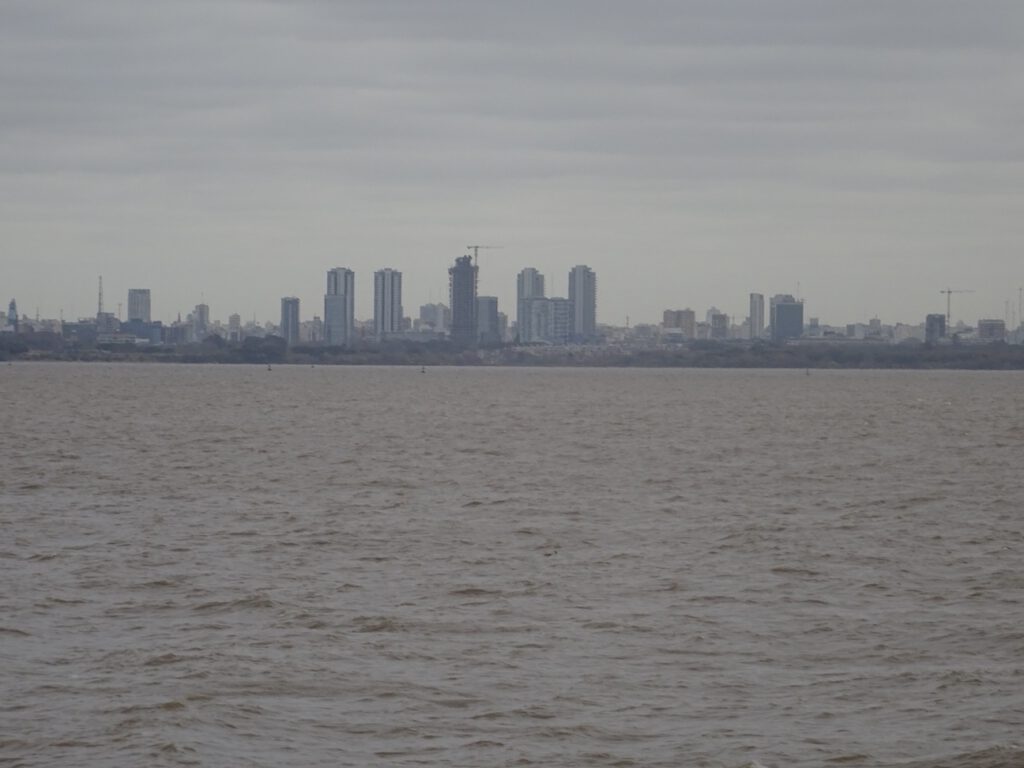
Colonia was a nice town, with an old city center riddled with cobblestone streets, nice buildings and a city wall. Apparently it was in dispute for a long time between the Spanish and the Portuguese, and that is why it was so well defended.
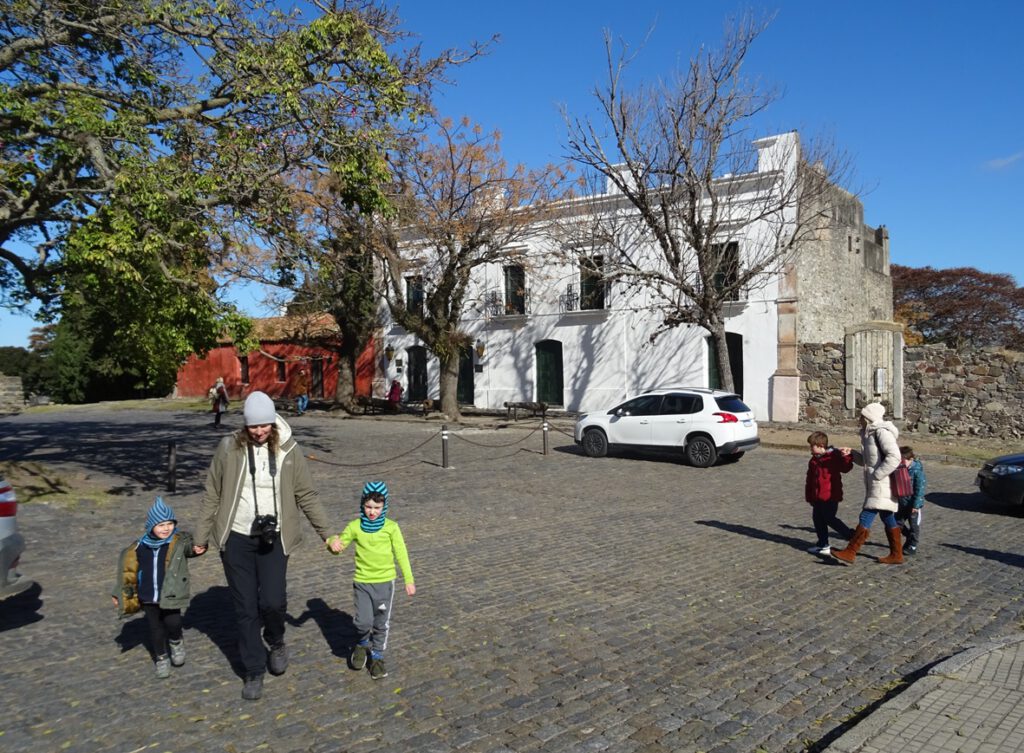
Here is where we got our first wake up call for Uruguay. Despite being winter and the city relatively empty and sleepy, all accommodation options were very expensive, and the same for restaurants.
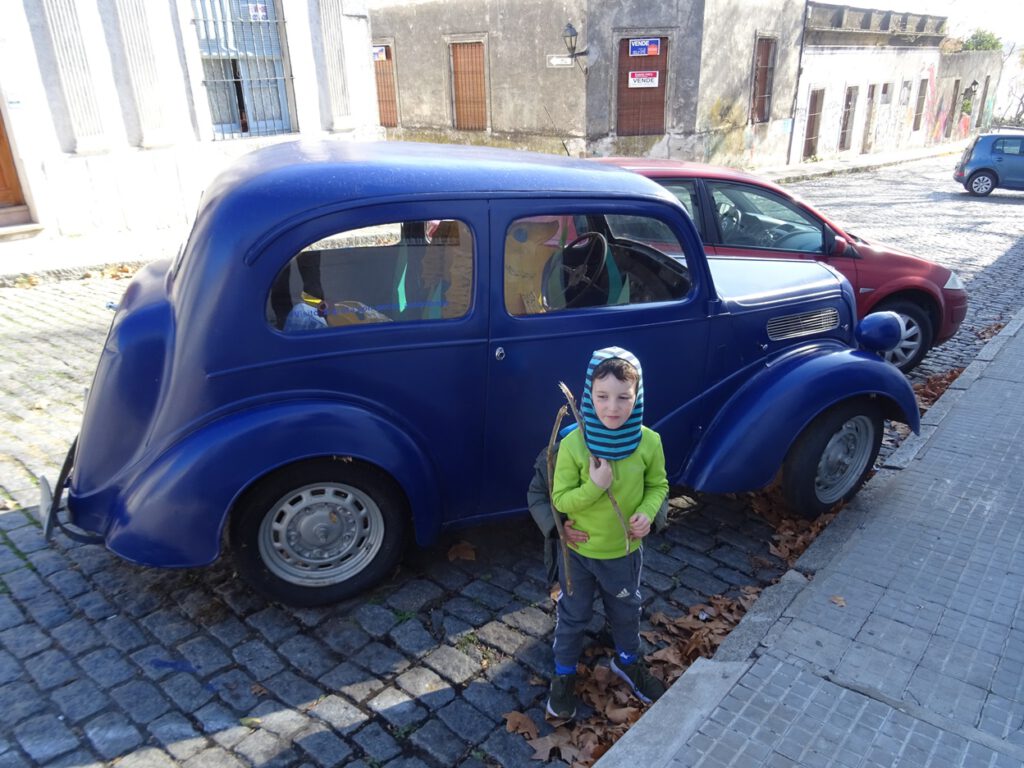
We ended up in a hostel that was only ok in price, but definitely bad value as the facilities were old and there was no heating. We would have to watch our budget here after enjoying the cheap life in North Argentina!
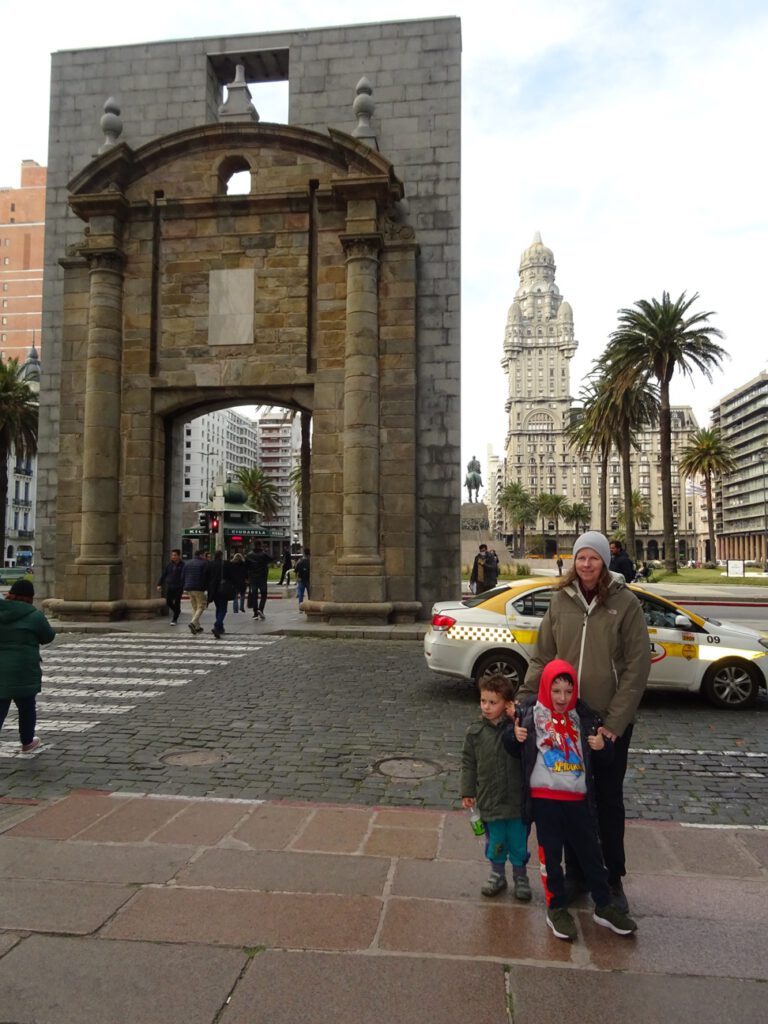
After Colonia we took a bus to Montevideo, just a 3 hours ride. There we went directly to Martín’s house. He and his family hosted us for a couple of days, and thanks to them we got a deep but quick introduction to Uruguay and its people.
Although its governments have been more stable than in neighboring countries, and the economy is in a much healthier situation, there is plenty of room for improvement. They had their best years in the 50’s, where the whole world was buying their meat, and that money was invested in improving the country. But the latest boom about 20 years ago was not invested so wisely and now the country is just getting by, but with the high prices many people are struggling. Also, being a small country next to two giants like Brazil and Argentina means that they are quite dependent on how the big guys are doing.
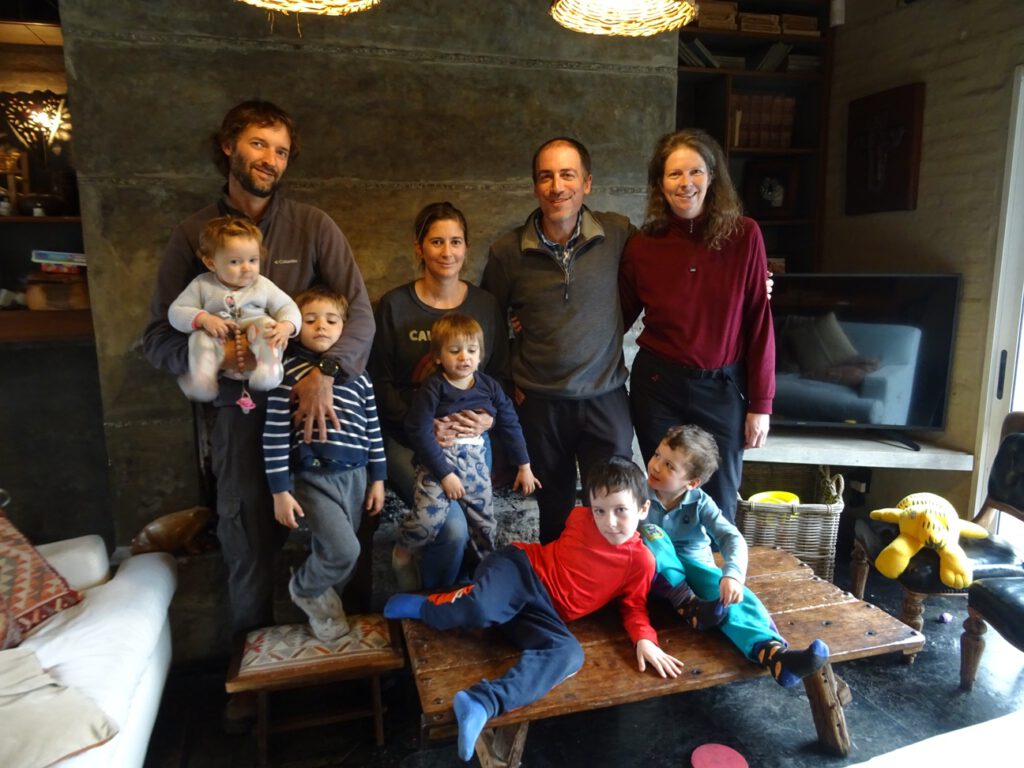
A huge defining event in recent history was the plane accident that an Uruguayan rugby team had in the Andes in the 70’s, where the passengers were assumed dead, but the survivors managed to get along by eating the remains of the other passengers. There has been a book and a movie about it, and there are many reminders and museums about it in many places in Uruguay.
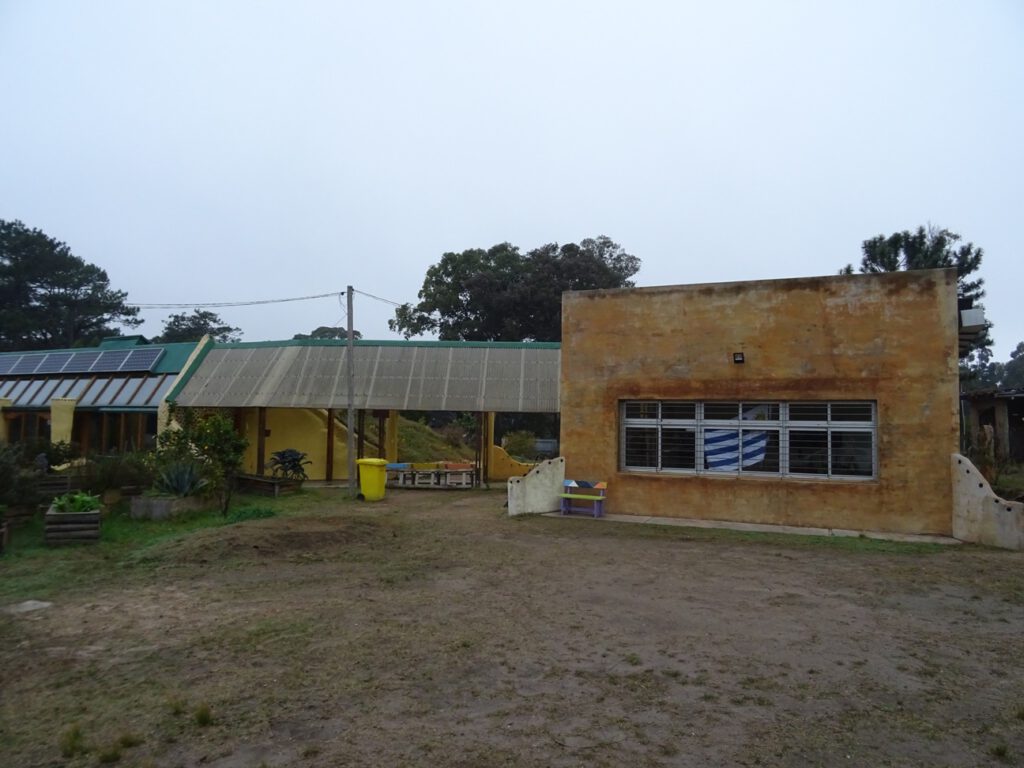
On the positive side, most of their electricity already comes from renewables, mostly from hidro-power, and they claim their “dulce de leche” is better than the Argentinian. To which we can confirm we like both. Wine was really good though, despite being relatively unknown in Europe.
We had a great time with Martín and his family. They treated us really well, fed us, and Simon and Thomas could play with their sons, with similar ages, so they got along very quickly. Susanne visited some of the building sites where Martin is working, and they also shared information and tips on the software used to calculate the energy consumption of buildings.
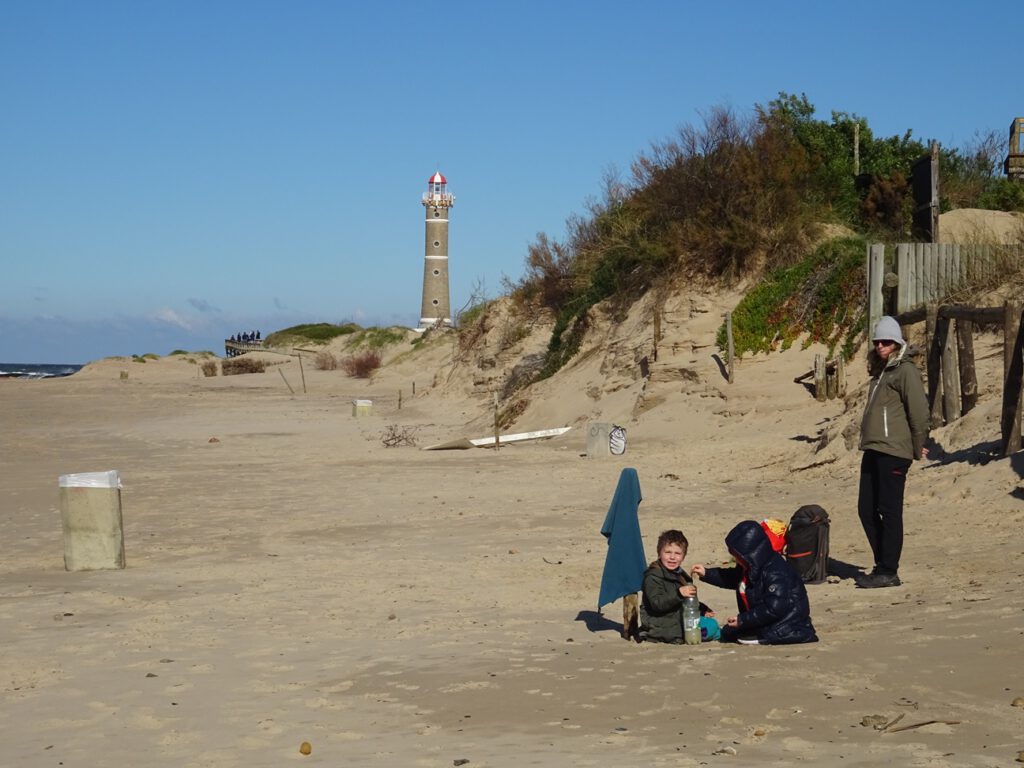
We were unlucky with the weather as it was raining a lot, so although we went to visit Montevideo we could not get the most of it. The most typical meal seems to be the Chivito, which is a very rich steak sandwich. I have later learned that somehow this sandwich made it all the way to Valencia, in Spain, where it’s also quite typical with small variations on the original.
We then booked a car to visit Punta del Este, a city about 200km north of Montevideo, famous because most rich Argentinians go there on holidays. It is like Benidorm in Spain, or Blackpool in UK, only classier but also much more expensive. There is a peninsula full of apartment blocks and pricey hotels, and then a very long and nice beach. We have been told that the Paraná river drives mostly the mud towards the Argentinian coast while the Uruguayan side is quieter and therefore sandier, making for nicer beaches.
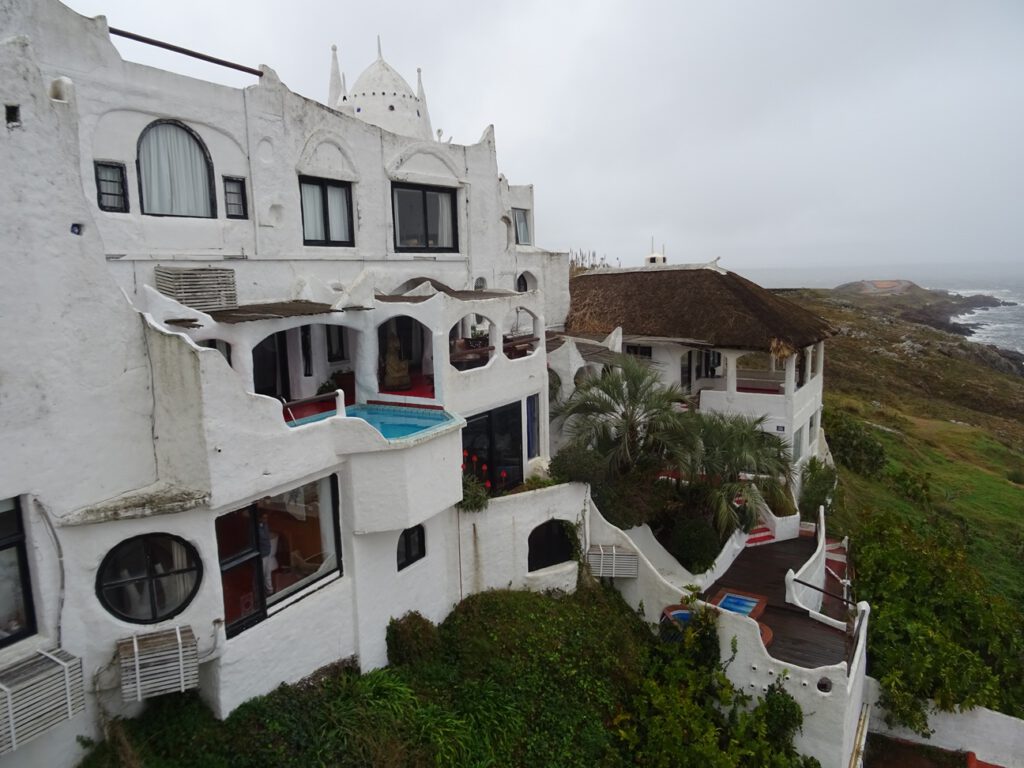
Despite the high prices, there is plenty to see around Punta del Este, so we stayed a couple of days. We tried to see whales with no luck, but we saw sea lions in the harbour, and we also went to visit Casapueblo, a museum and also personal house of renowned Uruguayan artist Carlos Paez Vilaró, visit that we enjoyed a lot!
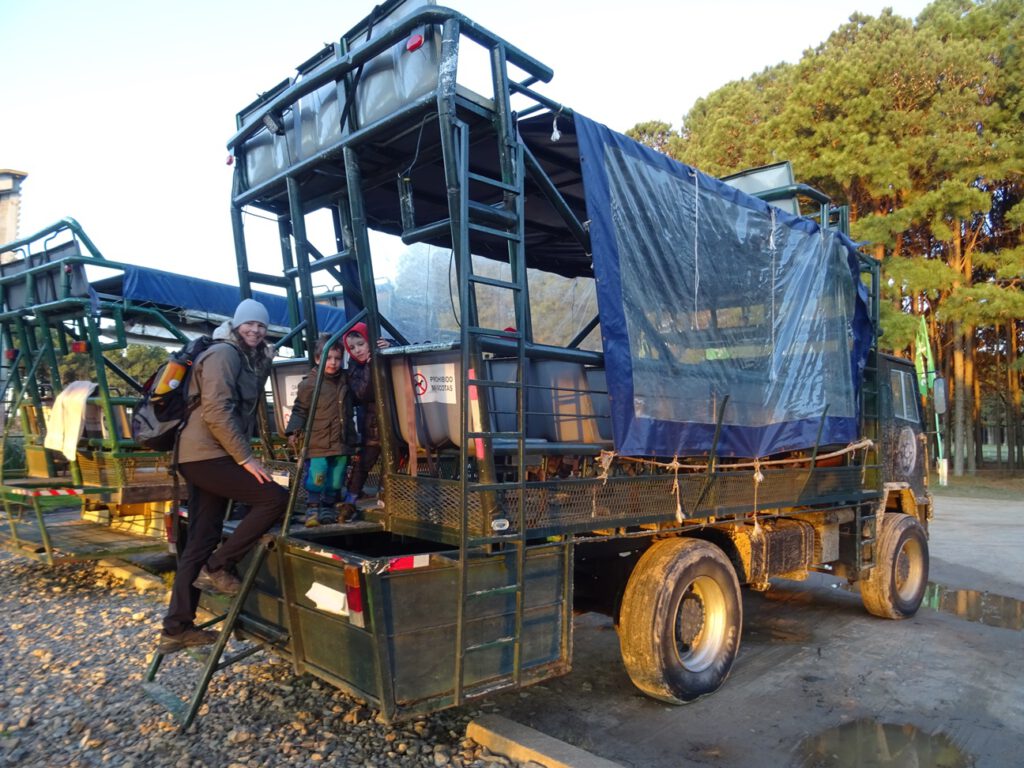
North of Punta del Este there are several small villages with very nice beaches, quite popular in summer but very relaxed when we visited, like Jose Ignacio. Finally, following recommendation from Martín, we visited Cabo Polonio.
This is an small coastal village very close to Brazil. The main attractions are that you can only access it with public transport, with no streets or roads inside the village, and the big colony of sea wolves next to the lighthouse. Even most buildings have no electricity, and they mostly rely on solar panels to get by.
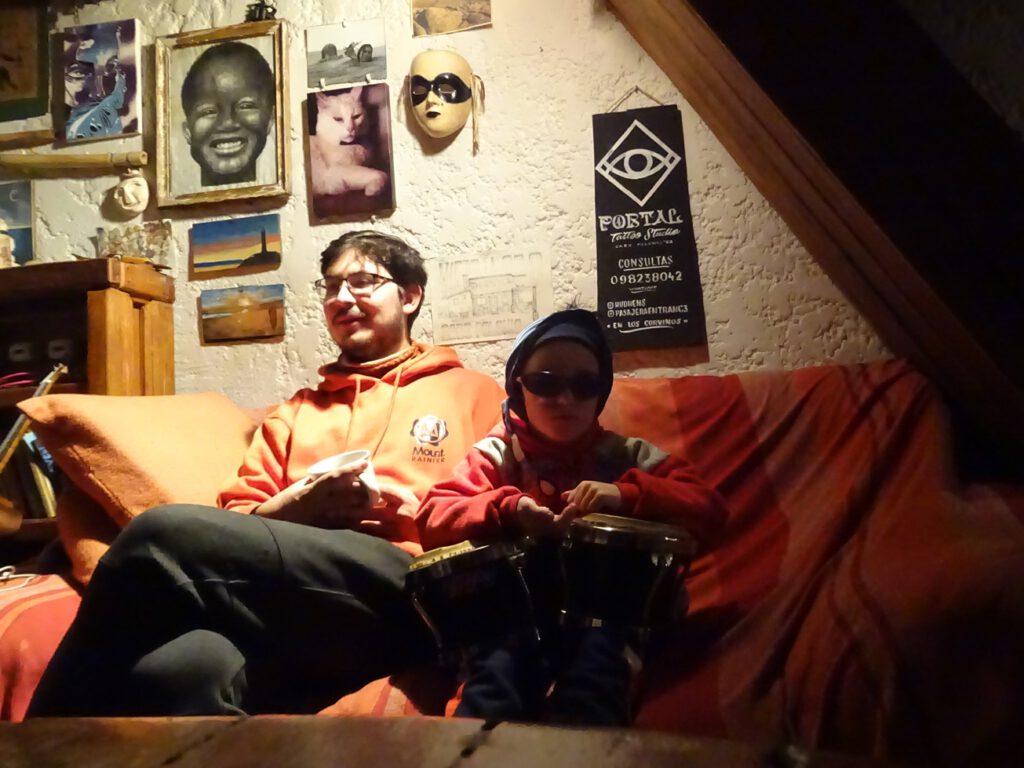
It was a cool experience to visit that place, specially for the kids as we got to ride in a big 4WD truck among sand dunes to get there. We found accommodation in a tiny hostel where the kids could also mix and talk to the other guests. The next day we took a walk along the coast, to see the sea wolves and also collect plenty of shells. Thomas preferred to collect dead fish, of which there were many that not even the seagulls were interested in, triggering the question in the hostel if Uruguayan seagulls were vegetarian…
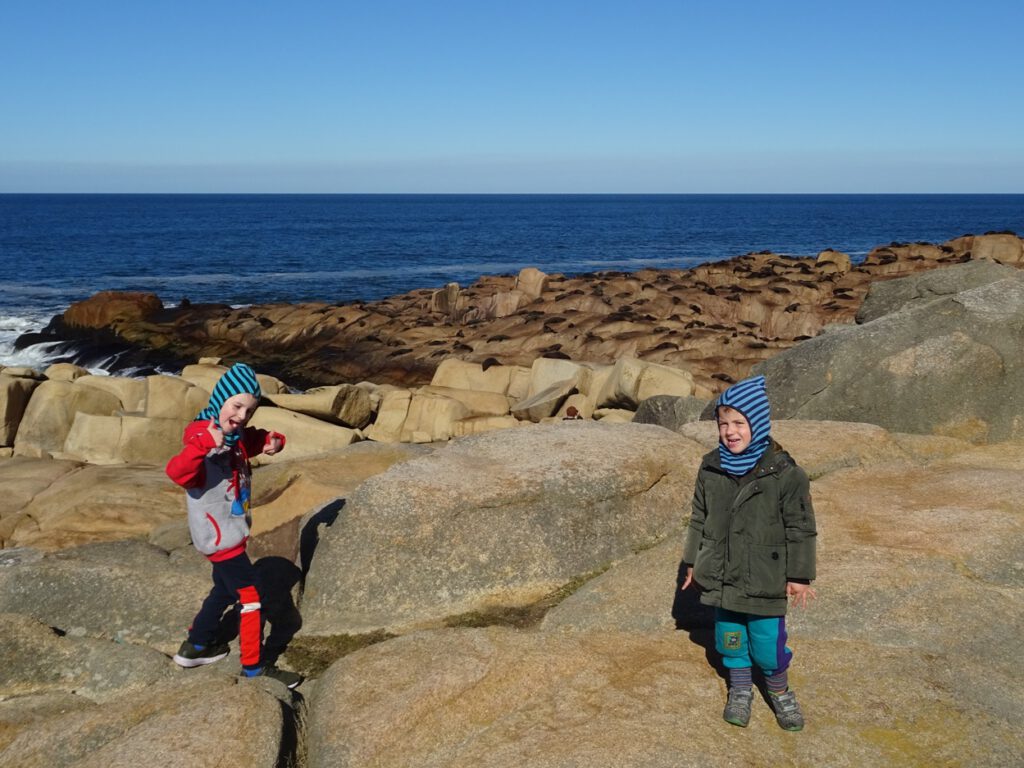
On the way back we stayed another night with Martin’s family in their house in Solanas, next to Punta del Este, before driving back to Montevideo. Now that our visit to Uruguay was finished, we were going to fly to Santiago de Chile, to visit the capital and nearby Valparaiso, before returning to our bikes and cycle again.
Remember you can receive notifications by email every time there is a new post just by subscribing on the box in the sidebar (or below if reading on a portable device). We have also created an Instagram account at @utilitariancycling
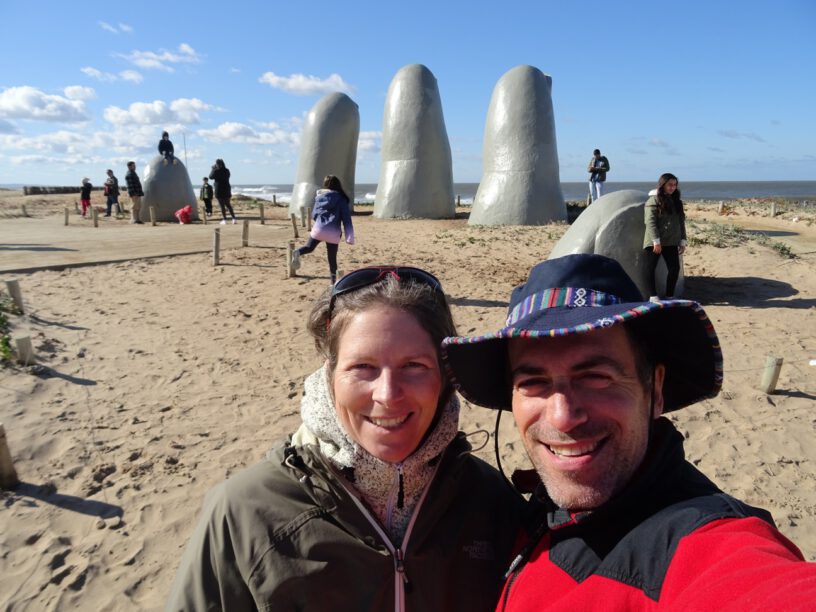
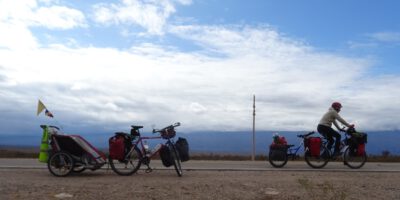
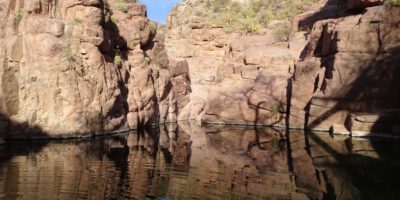
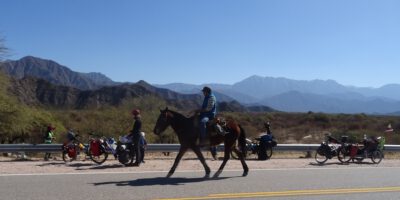
katherine
los uruguashos!! y se fueron a Uruguay. Que linda paseo. no podian dejar de ir. Y que chevere que susanne siga encontrandose con sus contactos de PassiveHaus. Nada mejor que ver en persona lo que se ha estudiado, en lo que se ha trabajado y mas aun lo que se ha ensenado